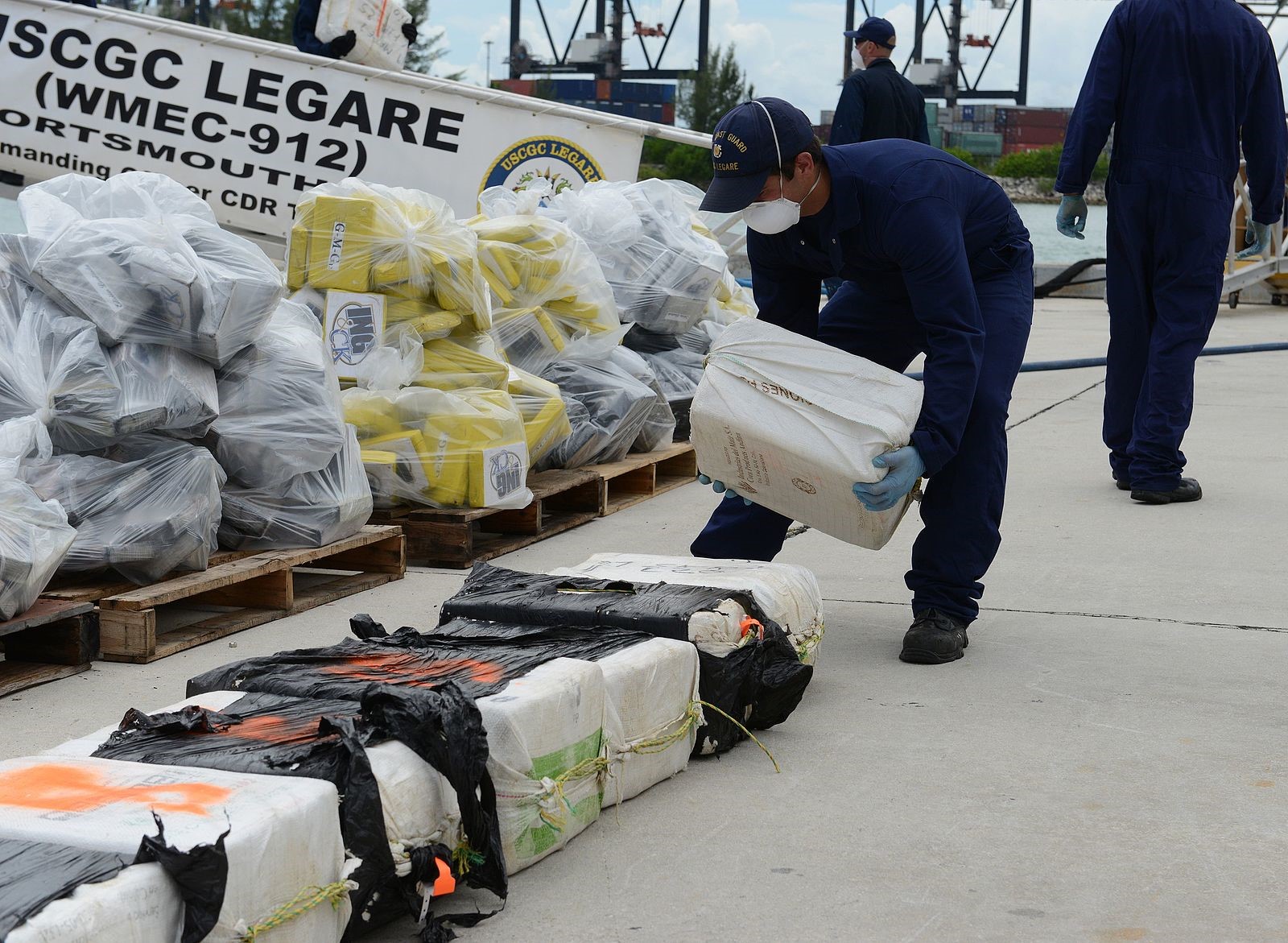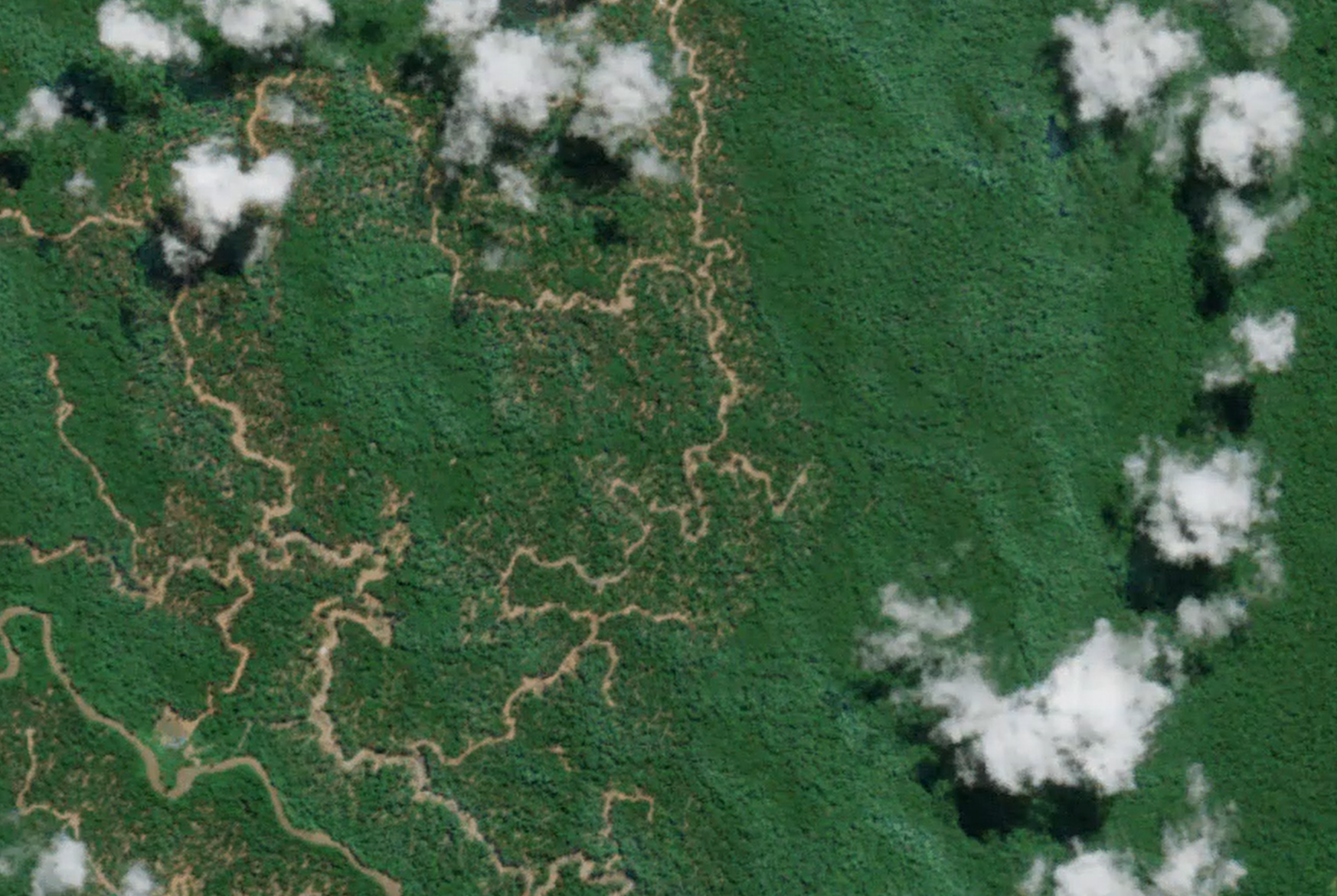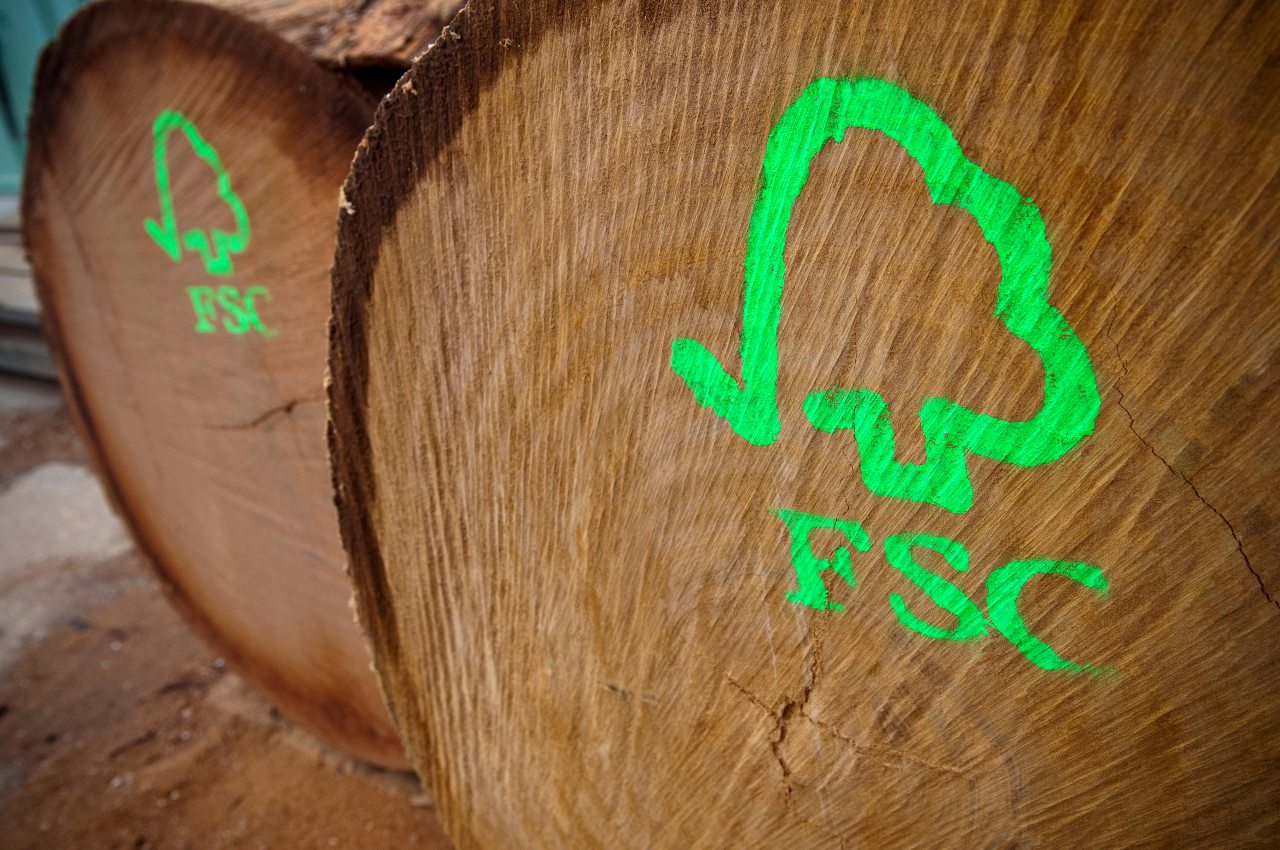
Seized cocaine bales being offloaded at Coast Guard Base Miami Beach
A new
study comparing forest loss and cocaine busts supports the theory that
drug money is being laundered into large-scale agriculture in Central America.
The study, published this week in Environmental Research
Letters, estimates that forest loss linked to narco-trafficking may account for
between 15 and 30 per cent of forest loss in Nicaragua, Guatemala and Honduras
in the past decade.
While some attention has been given to deforestation
specifically for the cultivation of coca, the study tested the theory that
some of the US$6 billion in illegal profits are invested in agriculture as a
means to launder it into the “legal” economy.
Previous studies have found that traffickers invest in
cattle ranching, palm oil plantations and the timber trade. The new study
hypothesised that agriculture linked to the drug trade could be distinguished
from smallholder farming due to the “high degree of illicit capitalization and
related ability to monopolize rural land and labor, yielding anomalously large,
remote, and rapid forest clearing”.
The authors conclude that “drug trafficking is likely to
operate synergistically with other drivers of land change that hasten forest
loss, particularly within remote frontiers where illegal land grabs and
consolidation are unimpeded by weak governance structures”.
The study found that probable “narco-driven” forest loss has
been concentrated in areas of high conservation importance. “[W]e found that
concentrations of forest loss likely related to drug trafficking are within
many of the most culturally and biologically diverse and isolated regions of
Central America”, the authors wrote.



